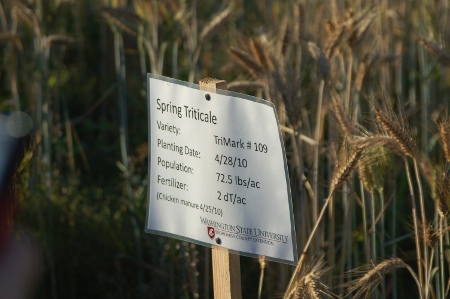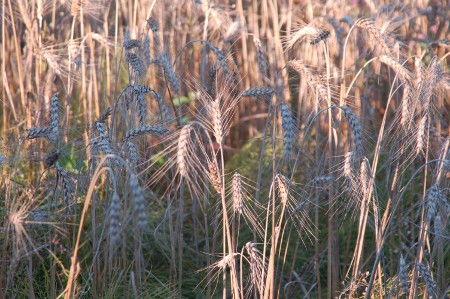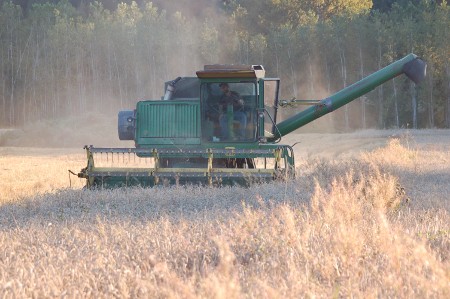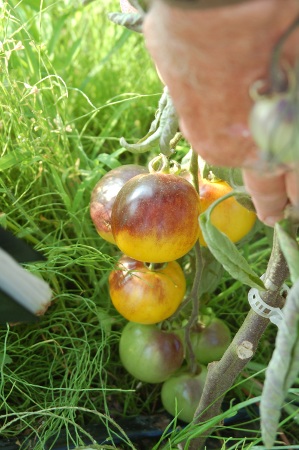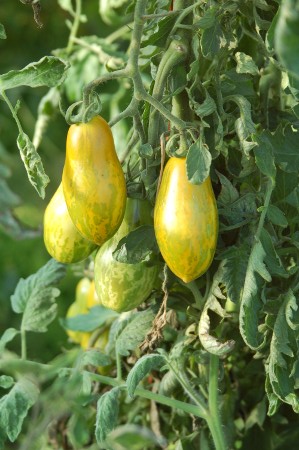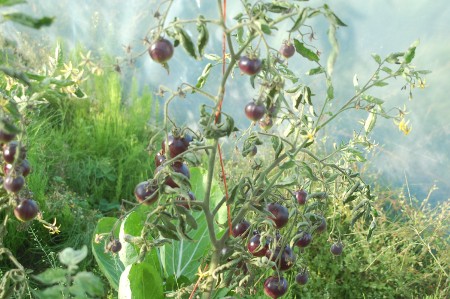Bank Fees
One of the things I was astonished at during my recent trip to the US were bank fees. At least in the Washington/Oregon area, and I assume the rest of the US as well, they are everywhere!
Since my bank has some fees when I use my bank (ATM) card or credit card in the US, I was seeing fees added to fees, and it really added up! During the 10 days we were there, we probably paid US$50 in bank fees alone. It was a standard $3 to take a maximum of $300 from a cash machine (ATM). Paying with a credit card often cost an extra dollar or two, especially to fill the tank in my car, and 45 cents or so extra for an ATM card.
From my bank, there were no direct fees to use a credit card, but on currency conversion I lost a few percent. My bank charges about an initial $2 or so to use a ATM card in the US, plus a percentage, plus a few percent for currency conversion. Including fees on each end, it cost about $5 to make a $50 purchase with my ATM card!
I could escape the fees on the US side by making a supermarket purchase with an ATM card, and asking for cash back, but I still paid my own bank fees for this. In general, the cheapest way was for me to pay for things with a credit card, where I would only pay a few percent for the currency conversion.
One of the things I found very annoying was the cash machines would only give me $300. If we were able to get $500 or even $1000 in one go for our $3 fee, we would have been able to get enough cash for our whole trip at the start and saved a lot of fees.
Here in Amsterdam, I can get €1000 (about $1300) in one go, if I use a cash machine from my own bank. I’m not sure what these machines will give to foreign cards, but perhaps it’s closer to the $300 limit in the US. I don’t think any local machines charge any fees for foreign cards, but I could be mistaken.
In any event, I don’t pay any fees to use any cash machine to withdraw euros, anywhere in Europe. I also don’t pay any fees for an ATM card purchase. I do pay a fee of about $25 per year on my bank account.
In the US of course banks make a lot of fees with overdraft or returned check charges. This is where you pay for something with a check, and there are not enough funds in your account. These fees are really exorbitant, and we don’t have these here. By now all payments are electronic, we don’t use checks anymore, and if you don’t have enough funds the payment simply doesn’t go through. Generally here you negotiate an overdraft limit with your bank, for this you only pay interest for the days your balance remains negative and otherwise no fees.
A few years ago I did see one ATM machine here in a McDonalds saying it charged a €2 fee. This is the only machine I have ever seen in the Netherlands with a fee notice on it. I didn’t see anyone using it that day, and I haven’t been back since so I don’t know if it’s still there. I doubt they got much business, and I suspect under new EU regulations this isn’t legal anymore.
Currencies
As useful currencies, the US dollar and Euro have diverged in a way.
When the Euro was introduced, the value of the dollar and Euro were pretty close to 1 to 1 in terms of exchange rate. In particular since Obama came to power, he made some policy decisions that led to a weakening of the US dollar. For what it’s worth, I think he probably made the right decision at the time, but it does mean things have become a lot more expensive in the US and the exchange rate has fallen. In fact the value of the US dollar on international markets has been on a decline for some time. At the same time, the paper and coin currency hasn’t been updated to reflect this!
In my opinion, the dollar has become a really difficult currency for day to day use. It’s very annoying for example to count $1 bills and pennies. There is the long running debate over the $1 coin in the US, and really I think the time has come to start thinking about a $5 coin instead or in addition. The usefulness of the penny ended decades ago, and it’s really time to get rid of that too maybe even together with the nickel. Is it time to simply drop a zero off the end of the US currency, and reissue notes and coins in the same denominations? It would be really handy if ATMs dispensed bills larger than 20s, and $100 as the largest note does not really fit in well with international standards. In fact, maybe it’s time for a complete overhaul and rethink of the currency design. These ergonomics are probably why most transactions these days in the US seem to be made with plastic.
On the other hand, the Euro has probably increased in value more than they expected at the time of issue, and has some problems because of it’s high value.
There are a number of cash machines in Amsterdam that will not dispense notes smaller than €50, which is about US$65. You don’t make any friends here if you show up first thing in the morning at a farmers market with a €50 note in your hand. Generally the stand operators simply can’t give change for them, until they’ve had a chance to collect some smaller money from other customers. They can be a problem to spend other places as well.
The €500 note (worth about $670) also turned into a bit of a disaster for Europe, and even the €100 note (worth about $135) is a little difficult to get or use.
When first introduced, the €500 note disappeared as fast as they could print them. Even now, they aren’t completely sure where they all went. The last I heard they think almost half of them are in Spain. When it was introduced, people exchanged it with their hoards of $100 notes. It became the black market currency of choice. With the €500 notes, it’s possible to carry something approaching $20,000 in a space the size of a cigarette package, making it very easy to carry over international boarders in large amounts. After a year or so of printing them as fast as they could, only to see them vanish, I think they finally decided not to put any more into circulation. There are now about 3 of these in circulation for every EU citizen. They are extremely difficult to get, and if you have one your only option is probably to take it to a bank because I don’t think anyone else will accept it.


